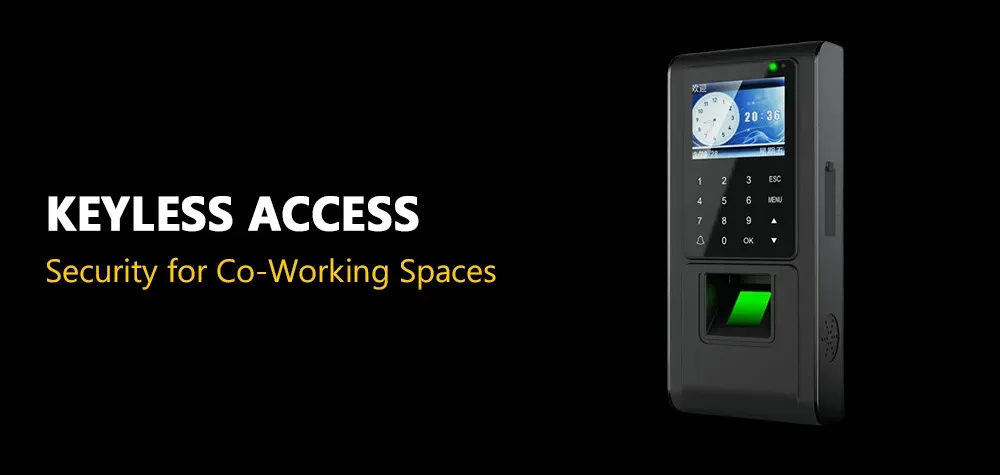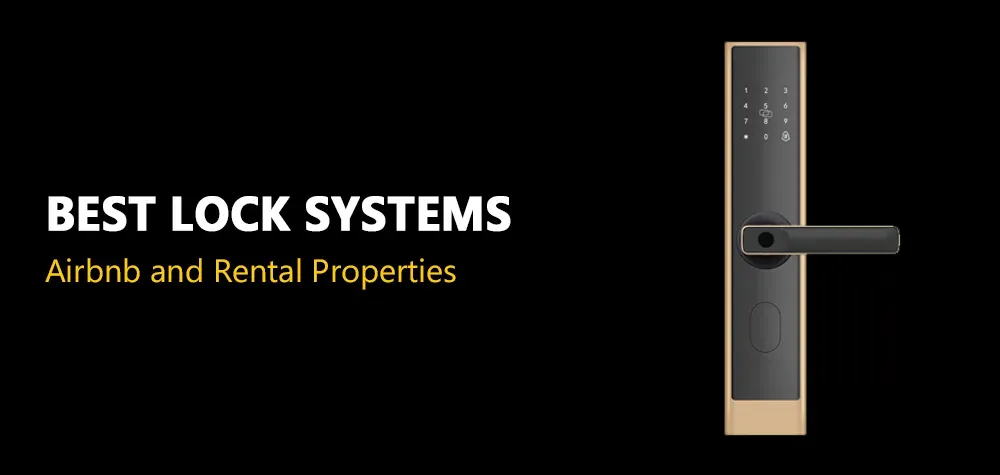Is DIY Rekeying Safe? Common Mistakes to Avoid
Rekeying your locks can seem like a cost-effective and empowering DIY project. Instead of replacing the entire lock, you simply change the internal mechanism to work with a new key, eliminating the risk of old keys granting unwanted access. While this sounds straightforward, rekeying requires precision, the right tools, and an understanding of how locks work.
Many homeowners and business owners consider DIY rekeying to save money and increase security. However, is it truly safe? The answer depends on your skill level, attention to detail, and knowledge of common mistakes. If done incorrectly, DIY rekeying can lead to security vulnerabilities, broken locks, and additional costs to fix mistakes. In this article, we’ll explore the causes behind failed DIY rekeying, the risks involved, and a step-by-step guide to ensure a safe and successful rekeying process. For professional rekeying services, reach out to us!
Common Myths About Locksmiths Debunked
Causes of DIY Rekeying Failures
Lack of Proper Tools and Kits
One of the most common reasons DIY rekeying goes wrong is not having the correct tools. Professional locksmiths use rekeying kits designed specifically for different lock brands. Many DIY enthusiasts attempt to use household tools, which can damage the lock cylinder or pins, rendering the lock unusable.
Misalignment of Lock Pins
Rekeying involves removing and replacing small pins inside the lock cylinder. Each pin must be arranged correctly to correspond with the new key. Even a minor misalignment can result in a lock that won’t turn or a key that gets stuck.
Using the Wrong Key Pins
Not all key pins are the same. Different locks have different sizes and configurations of pins, and using the wrong ones can create an insecure lock. If the pins do not match the new key's cut, the lock may still function but with reduced security.
Forgetting to Test Before Reassembly
A major mistake in DIY rekeying is failing to test the new key before reassembling the lock. Many people rush the process and put everything back together only to find out the lock doesn’t work. At this stage, fixing the mistake requires starting over or calling a locksmith.
Losing Small Components
Lock cylinders contain tiny components, including springs and pins. Losing even one of these elements can render the lock unusable. Once lost, replacing individual components can be difficult without purchasing a new lock entirely.
Risks Involved in DIY Rekeying
Compromised Security
If done incorrectly, a rekeyed lock may still be operable with an old key, defeating the purpose of the process. Additionally, if the lock isn't properly secured, it might be easier to pick or force open, putting your home or business at risk.
Permanent Damage to the Lock
Amateur mistakes, such as applying too much force or using improper tools, can damage the internal mechanism of the lock beyond repair. This may require purchasing a new lock, which defeats the cost-saving purpose of DIY rekeying.
Increased Costs from Mistakes
Many people attempt DIY rekeying to save money, but mistakes often result in calling a locksmith to fix the damage. This can lead to higher costs than if a professional had been hired from the beginning.
Lock Malfunction and Lockouts
If the rekeying is not performed correctly, the lock may become jammed or stop functioning altogether. This could lead to a situation where you are locked out of your own home or business, requiring emergency locksmith services.
Step-by-Step Guide to Safe DIY Rekeying
1. Gather the Right Tools
Invest in a quality rekeying kit that matches the brand of your lock. The kit should include key pins, a pinning chart, tweezers, a plug follower, and a key decoder. Using improper tools will increase the risk of damaging the lock.
2. Remove the Lock Cylinder
Disassemble the lock by removing it from the door and accessing the cylinder. This requires removing screws and taking apart the knob or deadbolt assembly.
3. Extract the Plug and Old Pins
Use the existing key to turn the lock slightly, allowing the plug to be removed using a plug follower tool. Carefully remove the old pins and springs without losing them.
4. Insert New Key Pins
Refer to the pinning chart in your rekeying kit to match the new key with the correct pins. Place the new pins carefully into the plug slots, ensuring proper alignment.
5. Reassemble and Test
Before reassembling the lock, insert the new key and ensure it turns smoothly. If it does not turn, adjust the pins before putting everything back together. Once reassembled, test the lock multiple times to confirm it works properly.
Expert Recommendations for Safe Rekeying
When to Call a Professional
If you are rekeying high-security locks or commercial locks, it’s best to hire a professional locksmith. These locks have complex mechanisms that require expertise to rekey properly.
Use a Smart Lock Instead
If you frequently need to change keys for security reasons, consider upgrading to a smart lock. These locks allow you to change access codes digitally, eliminating the need for physical rekeying.
Maintain Regular Lock Checks
Even if your DIY rekeying seems successful, periodically check the lock to ensure it functions smoothly. Any stiffness or difficulty in turning the key may indicate internal misalignment.
Conclusion: Is DIY Rekeying Worth the Risk?
DIY rekeying can be a rewarding and cost-effective solution if done correctly. However, it comes with risks that could compromise security, damage your lock, and ultimately lead to higher costs. If you have the patience, the right tools, and attention to detail, you may succeed in safely rekeying your lock. But if security is a top priority and you’re unsure about the process, hiring a professional locksmith is always the safest choice.
In the end, securing your home or business is not an area to cut corners. Whether you choose DIY or professional rekeying, ensuring a properly functioning and secure lock is essential for your peace of mind.
Call Us Any Time!

BROTHERS LOCKSMITH
All Rights Reserved | brothers-locksmith.com
Privacy Policy


